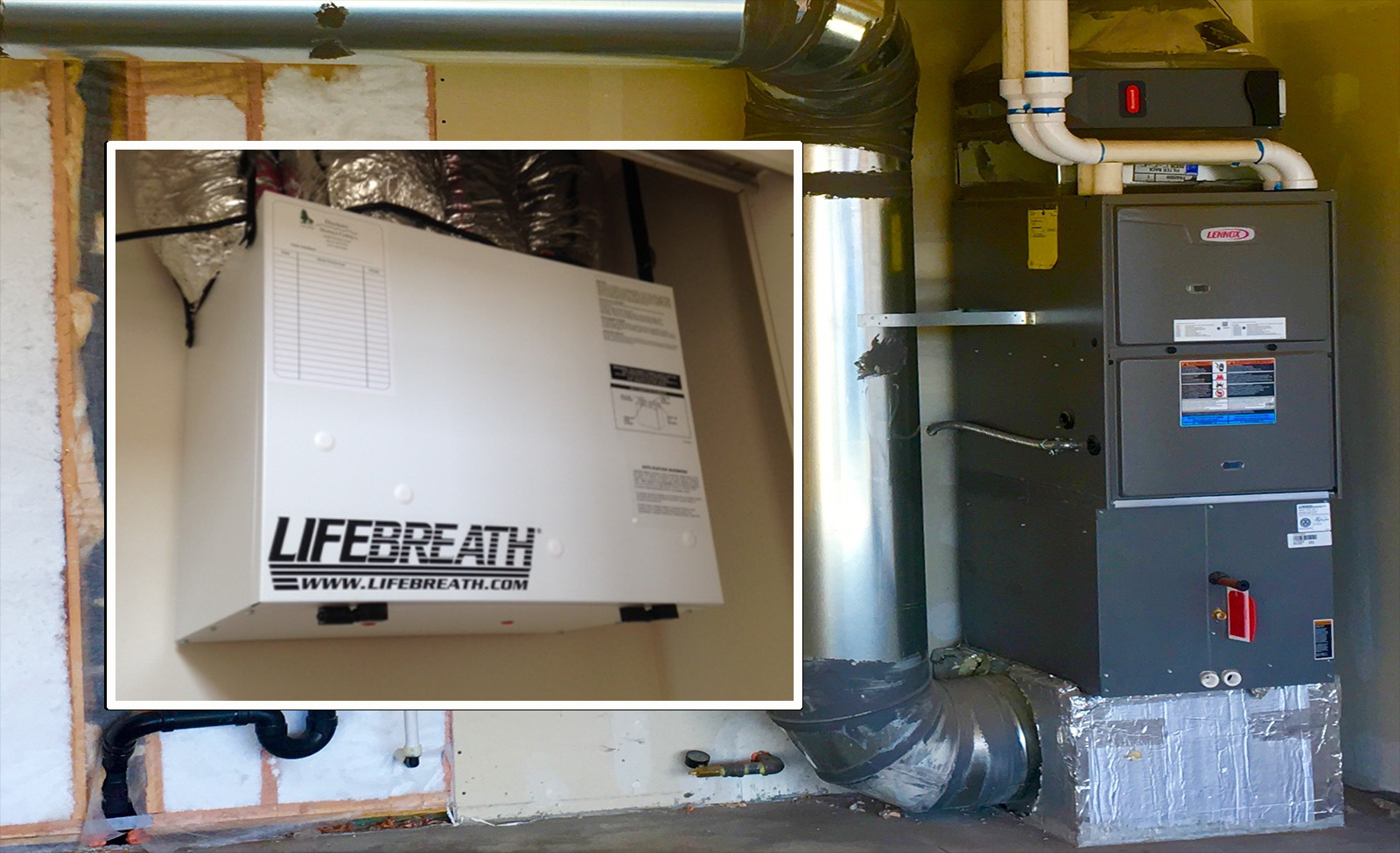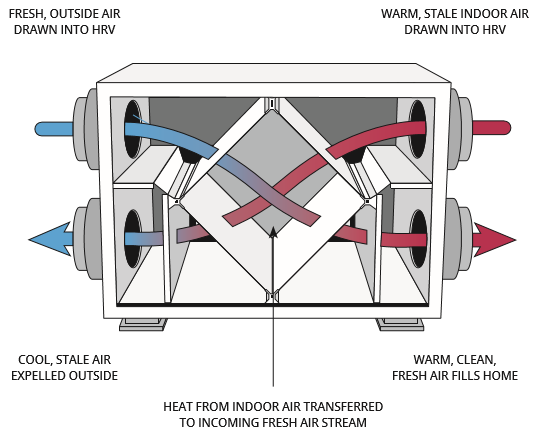Discovering the Advantages of Heat Recovery Ventilation for Energy Efficiency in Residences
Heat Recovery Ventilation (HRV) systems supply homeowners a sensible approach to enhancing power effectiveness. By recovering warmth from outbound air, these systems can significantly decrease heating & cooling prices. Furthermore, they offer a steady supply of fresh air, improving interior air quality and convenience degrees. As house owners think about sustainable choices, recognizing the nuances of HRV systems ends up being progressively important. What elements should one review prior to making such a financial investment?
Comprehending Heat Recovery Ventilation Systems

Exactly How HRV Enhances Indoor Air High Quality

Energy Cost Savings: The Financial Advantages of HRV
Taking full advantage of energy efficiency, heat recovery ventilation (HRV) systems use considerable financial benefits for property owners. By recuperating and reusing warm from exhaust air, HRVs significantly lower cooling and heating prices. This modern visit their website technology can lead to power cost savings of up to 30%, depending upon click here for more info climate and usage patterns. Home owners frequently notice reduced utility costs quickly after installment, making HRVs a monetarily smart financial investment gradually. Furthermore, lots of regions offer incentives or discounts for energy-efficient upgrades, better boosting the economic charm. As energy prices continue to increase, the cost-effectiveness of HRVs becomes increasingly clear. On the whole, the unification of HRV systems not only advertises power efficiency however also adds to long-term economic savings for homes.
The Ecological Impact of Heat Recovery Ventilation
A substantial ecological advantage of heat recovery ventilation (HRV) systems depends on their ability to decrease general energy usage. By recovering warmth from exhaust air and moving it to inbound fresh air, HRV systems minimize the need for energy-intensive heating and cooling approaches. This reduction in energy need adds to decrease greenhouse gas emissions, as less nonrenewable fuel source is called for to preserve comfortable interior temperatures. In addition, HRV systems boost interior air high quality by successfully trading stagnant air with fresh exterior air, lowering reliance on mechanical cooling systems that can damage the atmosphere. Generally, the execution of HRV systems supports sustainable living techniques and straightens with global efforts to deal with environment adjustment by advertising energy effectiveness in property setups.
Choosing the Right HRV System for Your Home
Just how can property owners ensure they choose the best heat recovery ventilation (HRV) system for their needs? First, they need to examine their home's size and layout, as these elements influence airflow requirements. Next, examining the system's performance rankings is essential, as greater ratings indicate better efficiency and power savings. House owners ought to also consider installation and upkeep prices, contrasting different brands and versions for value. Furthermore, it is very important to examine sound levels, as some systems run more silently than others. Consulting with heating and cooling experts can give customized referrals based on particular home problems. Analyzing individual reviews and guarantees can aid in making an informed choice, making certain that the selected HRV system effectively improves interior air quality and energy effectiveness.
Regularly Asked Questions

Exactly how Frequently Should I Tidy or Preserve My HRV System?
The regularity of check it out cleaning or preserving a warm recovery air flow (HRV) system usually depends on usage and ecological variables. Generally, it is suggested to perform maintenance every 6 months to assure peak performance and air high quality.

Can HRV Equipments Help In Reducing Moisture Levels Inside?
HRV systems can properly reduce interior moisture levels by exchanging stagnant, moist air with fresh, drier air from outdoors. HRV Heat Recovery Ventilation. This process assists maintain a balanced interior setting, enhancing comfort and protecting against moisture-related concerns
What Is the Life expectancy of a Typical HRV System?
The lifespan of a normal heat recovery ventilation (HRV) system varies, normally lasting in between 10 to 15 years. Regular maintenance can expand its efficiency and operational life, guaranteeing peak performance throughout its use duration.
Exist Any Kind Of Sound Interest In HRV Equipments?
Noise interest in HRV systems can arise, particularly from fan operation. However, lots of modern systems are created to minimize audio degrees, ensuring they operate quietly while maintaining effectiveness, which addresses possible disruptions in living environments.
Can I Install an HRV System Myself, or Do I Need a Professional?
The private contemplated whether to mount the heat recovery ventilation (HRV) system personally or hire a professional. Generally, while DIY setup is feasible, knowledge warranties correct functionality and compliance with local structure codes, improving system efficiency.